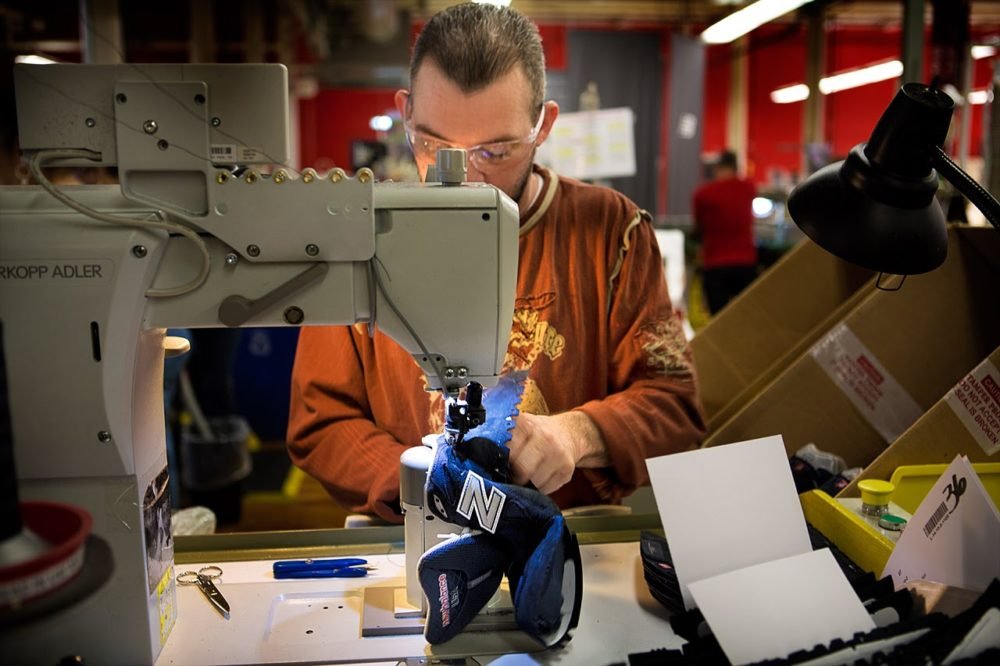HIGHLIGHTS:
- New Balance has opened another manufacturing facility in Methuen, Massachusetts. This 80,000 square foot space cost the company $20 million in renovation costs.
- With this new facility, the company aims to double the size of its workforce and production capacity by the end of the year.
- Due to the hardship periods such as Covid-19 pandemic or the trade war between US and China, the footwear industry has to make more consistent and prudent decisions.
FULL ARTICLE:
The expansion of New Balance’s influence
With the world now facing a pandemic and shaky diplomatic relations, and Russia’s invasion of Ukraine, leaders wonder if globalization will end any time soon. This leaves retailers struggling to maintain relationships with foreign suppliers and manufacturers. Furthermore, U.S. businesses can reduce their dependence on foreign economies for growth.
Against this backdrop, New Balance, opened another manufacturing facility in Methuen, Massachusetts. This 80,000 square foot space costs the company $20 million in renovation costs. With this new facility, the company aims to double the size of its workforce and production capacity by the end of the year and help produce an additional 750,000 pairs of sneakers annually.

Joe Preston, President and CEO of New Balance, said that although the company was constrained in terms of supply last year, it could still grow revenue by more than 30% in 2021. New Balance worldwide hit $4.4 billion last year.
The company’s goal is to continue growing in North America, a move at the core of their “made in America” ethos, Preston said.
The hardship period of the footwear industry
Before the Covid epidemic occurred, about 70% of shoes sold in the US came from China. However, due to the trade war between the US and China, retailers are increasingly diversifying their presence to other countries in the hope of avoiding high tariffs. But then the pandemic hit and the factory closures hampered mining businesses in places outside of China, including Vietnam. This makes a lot of big companies like Nike, Adidas, etc. loss of cheap and abundant labor and raw materials.

Matt Priest, president and chief executive officer of FDRA, said changes in the world are happening day by day and unpredictable. This forces companies to make more consistent and prudent decisions.
As a typical example, Nike said that its facilities in Vietnam are operating stably again, but the delivery time to North America from abroad is still long. Compared to pre-pandemic levels, the company said it still took about six weeks more to ship, and two weeks longer than the same period a year earlier. As a result, Nike says it will take reasonable decisions to keep progress on track, a statement that is widely anticipated as a preparation for its strategy of ramping up production in the United States. However, it is an expensive option, and finding workers here will likely fall short of expectations, according to Mr. Priest.
New Balance will likely face the same challenge as Nike and Adidas due to low turnover of US workers in factories and retailers still dependent on foreign factories. However, the company can offset these obstacles with its new North American facility. Because they can bring products to market faster, they respond more quickly to consumer trends if they are closer to consumers.
Cong Lam
Paying $710m, STG Logistics endeavours to acquire XPO’s intermodal arm













